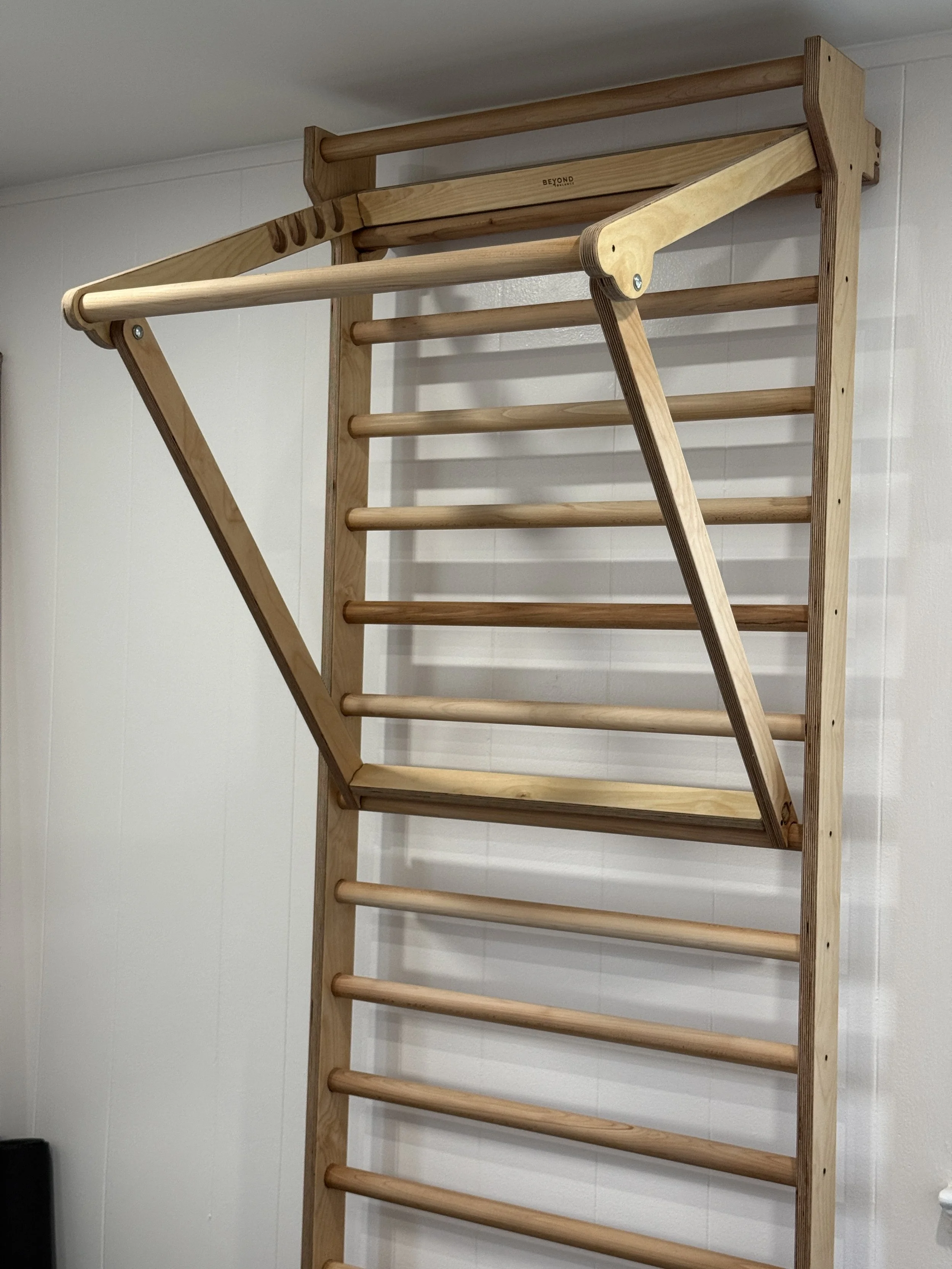
Frequently Asked Questions
-
An initial evaluation lasts 60 minutes- the clinician will take a full history, review X-rays and posture, conduct a musculoskeletal evaluation, take posture photos, provide scoliosis education, and begin an individualized scoliosis specific exercise session. Patients will leave with the first step of a personalized scoliosis specific home exercise program and guidance on safe daily activities.
Subsequent sessions are 60 minutes of one-on-one therapy using corrective exercises with verbal, tactile, and visual feedback. To get the best results, patients are expected to practice their home program five days per week. After learning how to perform scoliosis specific exercise, and becoming independent with a home exercise program, patients will continue with a home program and occasional follow-ups every few months.
-
To help make the first visit as thorough and effective as possible, patients are asked to bring a copy of their X-rays and most recent physician’s report, along with any brace or orthotics currently being used. Finally, bring a phone or camera to record your personalized home exercise program for easy reference at home.
-
For the evaluation, wear a sports bra and shorts or leggings so posture and movement can be properly assessed.
-
Yes- the home program is an essential part of treatment. Lasting progress happens when the exercises practiced in therapy are repeated consistently at home. Each program is personalized, so the exercises are practical, doable, and designed to fit into daily life.
-
No. While some scoliosis-specific exercises are traditionally taught using a Swedish ladder (also called a Schroth ladder or stall bars), patients are able to complete their home program without one. If having a ladder at home would be helpful, this can be discussed, but it is not required to make meaningful progress with your program.
-
ScoliSource provides care for children, adolescents, and adults with idiopathic, congenital, and degenerative forms of scoliosis. Treatment is available for patients at every stage of care, from early diagnosis to long-term management. Care is also provided for individuals wearing braces, those preparing for or recovering from spinal fusion or tether surgery, and adults experiencing spinal changes later in life. Each program is tailored to the patient’s age, curve pattern, and personal goals, ensuring care that is both specialized and individualized.
-
ScoliSource is an out-of-network provider. Superbills are provided for patients who wish to submit claims to their insurance for potential reimbursement.
